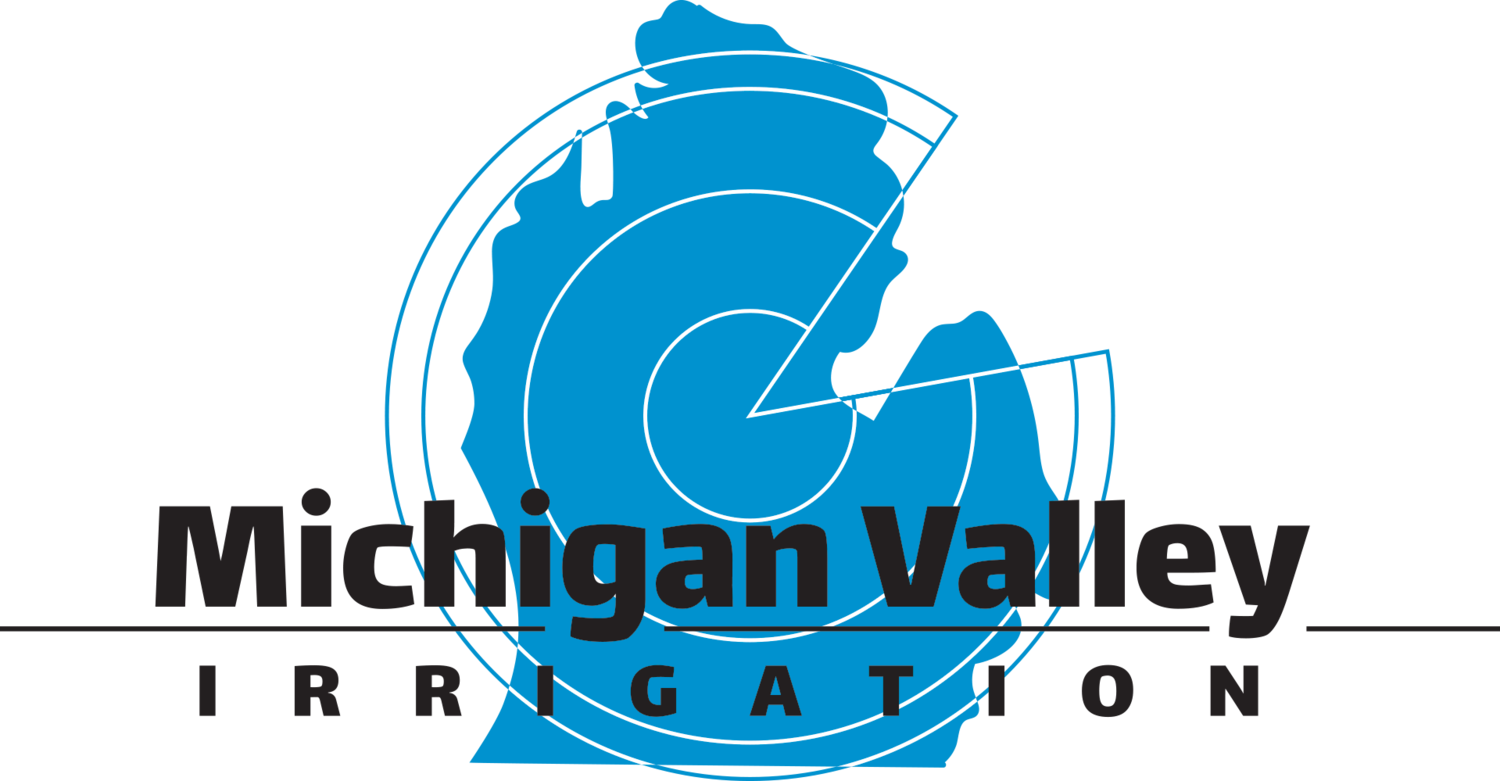Pairing Precision Irrigation with Livestock Pasture
Farm to table is alive and well in Michigan. Direct marketing to consumers has potential to keep a greater percentage of the retail dollar. Like many ventures undertaken, marketing efforts and new and different production tasks are not always easy, but it can increase revenues from your operation. Grass is one of the thirstier crops grown in Michigan, so adequate water is important to keep quality and yield at optimum levels for proper growing or finishing of cattle. If we are going to try and finish beef cattle on grass to demand higher prices from the marketplace, we need to think of our pastures as cash crops. Grass grown in our Michigan climate may need up to .27” per day or even more in hot windy days of mid-summer. Based off of average rainfalls in central Michigan we should be supplementing mother nature with at least an inch per week from May through September.
Michigan State did a research study on finishing steers on grass at their Lake City research farm in 2013. As with any farm research trial conducted outdoors, there were plenty of variables, and no doubt your farm with include additional considerations. The net result, with costs quite carefully tracked, was an eighty-five-pound heavier steer carcass, finished 2 weeks earlier, more desirable backfat and a higher dress percentage on irrigated pasture. The net value indicated about $200 more income per animal.
Beef Magazine highlighted steady net income of about $120 / acre back in 2000 from custom grazing their pastures converted from corn and bean ground. The center pivots were already in place and they charged by the pound of gain. Steers were routinely on site for 75 days, gained 150 pounds and with a bit longer growing season than we have in Michigan were able to fatten 5 groups of 500 stocker cattle on a 160-acre pasture. Getting the right species of grass and legumes and having a sound rotation schedule are both very important in an operation like this.
I also found a study done in 2006-2007 at The University of Wisconsin in Adams county on sandy loan soils with low organic matter (1% -1.5%). The goal was to determine the benefit of irrigating rotationally grazed pastures for beef and dairy production. Forage samples were taken at eight sites in each 60-acre center pivot irrigated field. The cow-calf operation irrigated weekly to ensure the grass / legume pasture received 1.5” of water from rainfall and irrigation weekly. The dairy operation irrigated to ensure that .75” of water was received per week. The yield response was positive, adding almost 3-4 tons of forage / acre.
My takeaway points here are that grass and pasture can be valuable crops, especially if you can find a way to add value by utilizing livestock. Maybe it’s custom grazing like the Nebraska operation that diversified his corn and bean farm. Perhaps it’s adding more value with grass finished beef sold directly to the consumer. The Wisconsin study is probably closer to our climate and demonstrated significant increases in yield by irrigating pasture for both dairy and beef production. If you have a good water source and can get affordable power, then an efficient irrigation system may provide a favorable return to your operation.
About the Author
Pete is the marketing manager for Michigan Valley Irrigation, having joined the company in 2016. He was raised on a dairy farm in western New York and graduated from Cornell University with a B.S. in agricultural economics. His entire working career of over 37 years has been involved in agriculture. A farmer helping farmers. When away from Michigan Valley he operates, Joyful Noise Farm, a small livestock and produce farm and spends time with his family.





